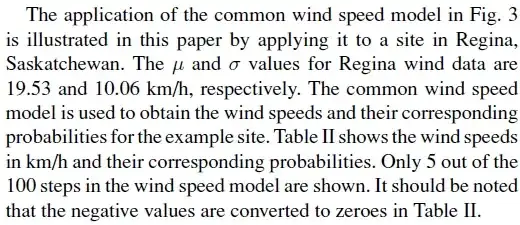The game can be played at https://xcvd.github.io/dice-game/
The player gets 12 throws of 3 dice and chooses a grid to place these throws in (there are 6*6*6=216 possible throws). Each throw is place in the leftmost available position of the grid and there are 4 grids to choose from.
After placing a throw, the player may throw and place again until all grids have been filled.
Once each grid is filled, points are awarded for 3 of the same dice face value on any of the paylines in that grid (shown above, there are 5 paylines). Points earned are equal to the face value of the dice on for the payline. Once all 12 combinations have been placed, the amount of points is totalled.
The total points earned by the player are the sum of the points for each individual 3x3 grid.
Wins on separate paylines are added together.
Is the optimal strategy for this game simple to compute? Can anybody give me some pointers in the right direction?
